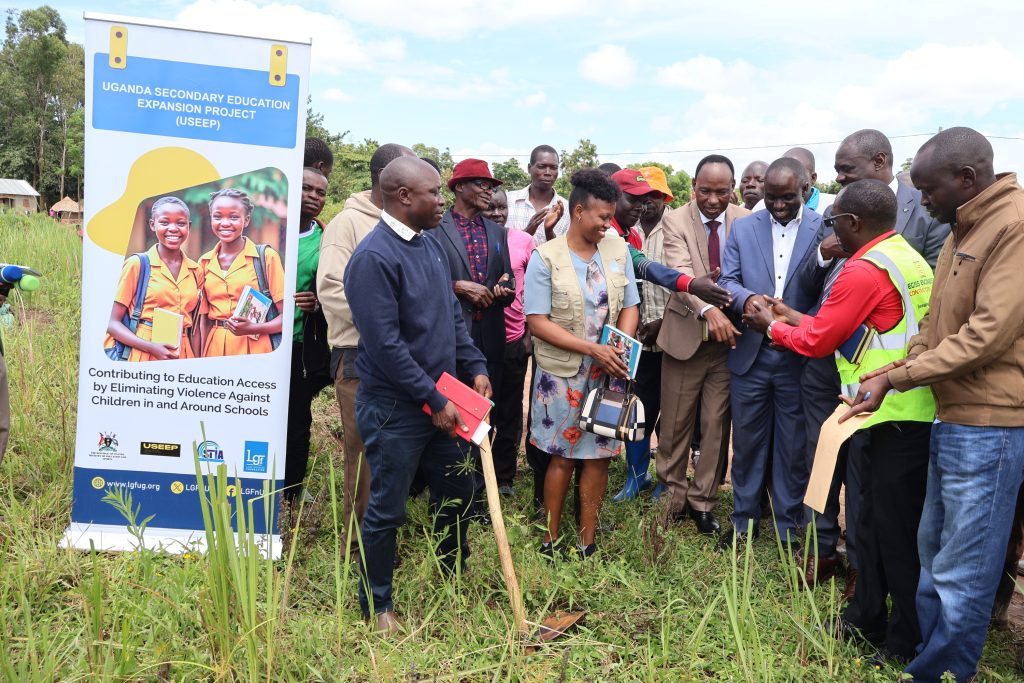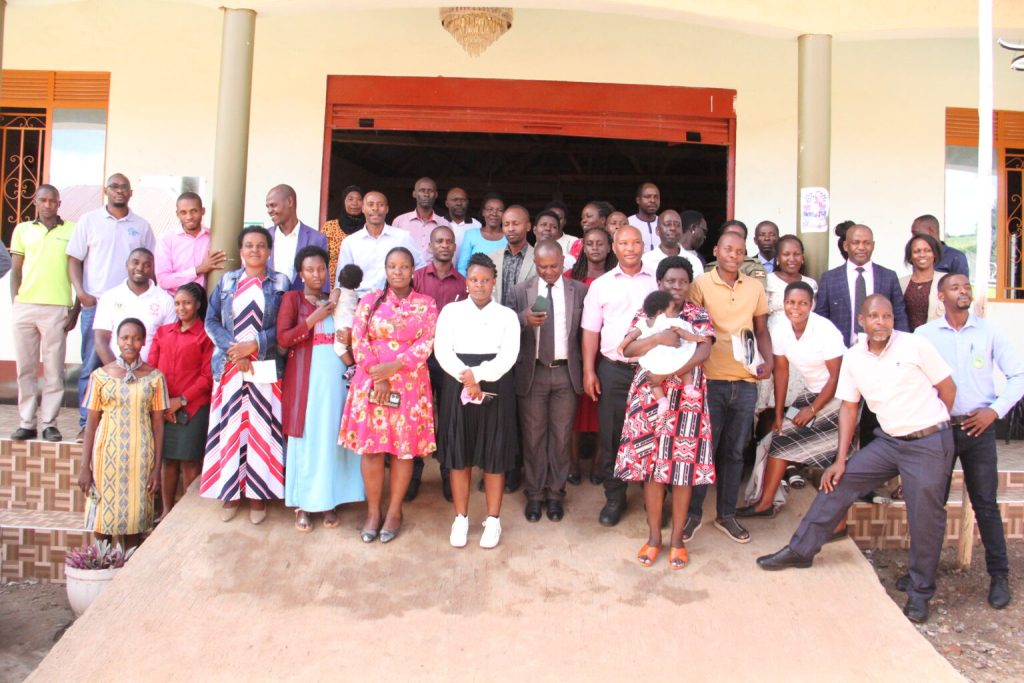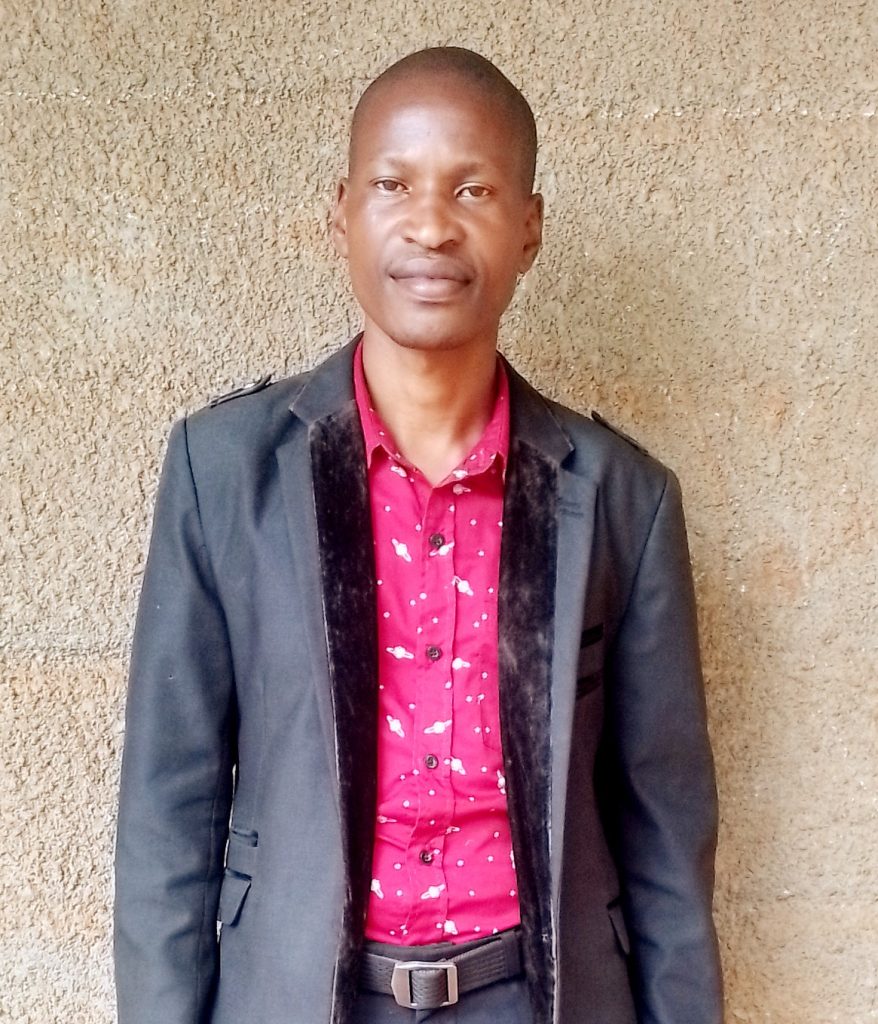
Teacher Moses Senyange's Experience
Senyange, is a teacher at Wakivule Primary Luweero District
Science education has come a long way from its traditional roots, evolving to meet the demands of a changing world. The journey, from chalkboards and theoretical lessons to experiments and practical application, illustrates the transformative power of innovation in education. Central to this transformation in Uganda is Science Teaching & Innovations Africa (STIA), a pioneering organization dedicated to equipping science teachers and learners with the tools to study science practically.
Genesis
In its early days, science education heavily relied on chalkboards, where teachers delivered lessons filled with formulas, diagrams, and explanations. While foundational, this method often left learners disengaged, unable to connect theoretical knowledge with real-world applications.
As a teacher, I had always found it too complicated to understand even simple topics like magnetism while teaching the learners. Now imagine the learner who is relying on you for abstract knowledge on magnetism and you even don’t know how a magnet looks like? But the years progressed, the introduction of visual learning aids, models, and early experiments brought a spark of excitement to classrooms. Practical lessons became more common, allowing learners to experience the principles of science firsthand. However, access to resources remains a challenge, especially in underserved regions.
Today, science education has entered a new era where experiments, digital tools, and innovative teaching methods form the backbone of learning. This shift has not only enhanced comprehension but also inspired learners to pursue careers in science, technology, engineering, and mathematics (STEM).
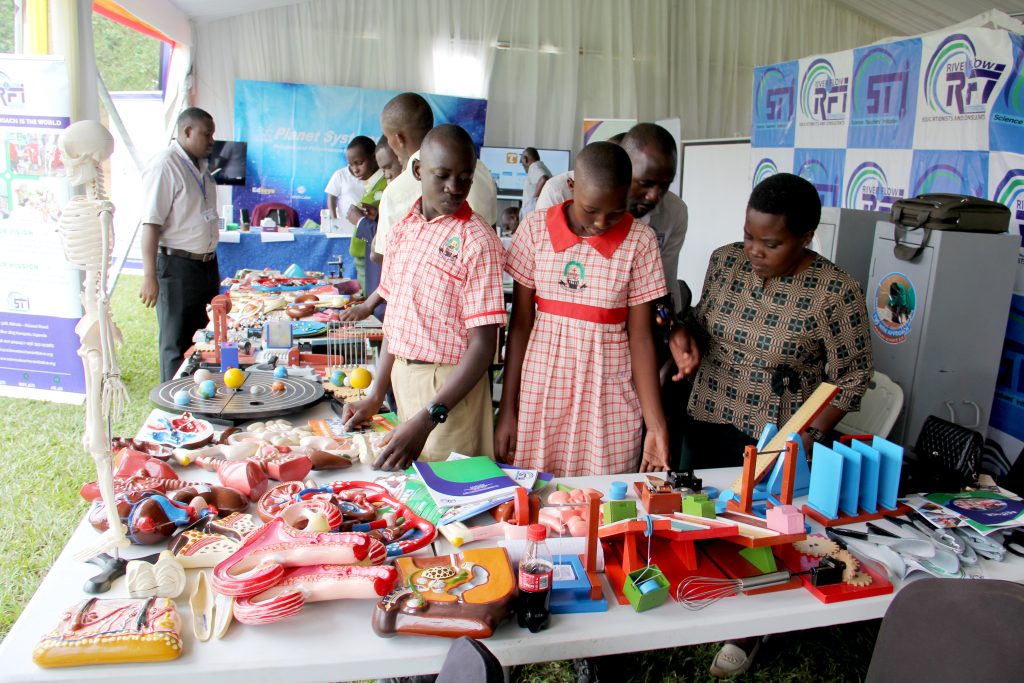
Bridging the Gap with Science Kits
One of the most impactful innovations in science education has been the development of affordable science kits which was given by Ministry of Education and Sports to least deserving schools like us in Wakivule Primary School in Luweero District.
These kits provide us essential tools and materials for experiments, enabling learners in my class of Primary seven, six and five even in resource-limited areas, improvise and teach science practically. By bringing science to life, these kits have proven instrumental in bridging the gap between theory and practice.
Transformation
Through Science Teaching and Innovations Africa, I have emerged as a leader in transforming science education practically in our school. The organization is committed to empowering teachers and learners through hands-on training and resource provision.
Recognizing the critical role of educators, STIA conducts regular training sessions to equip teachers with the skills needed to utilize science kits effectively. These workshops not only enhance teaching methods but also build confidence in delivering practical lessons.
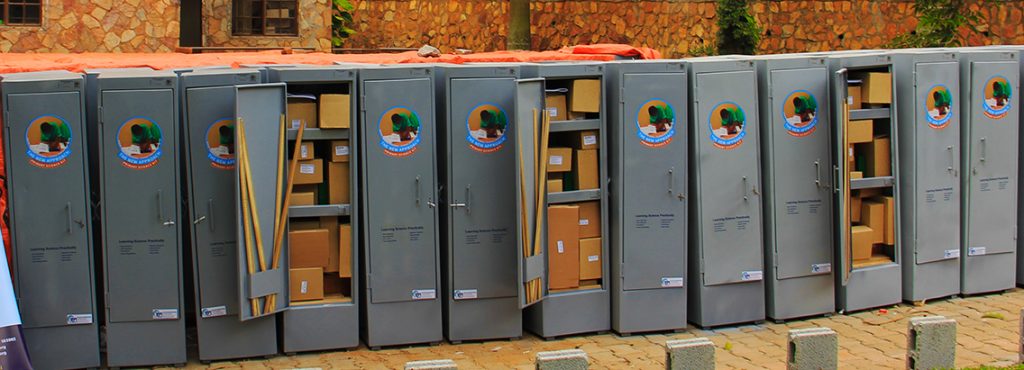
We are grateful that STIA has extended its reach to rural and underserved schools, ensuring that every learner has the opportunity to explore science practically. By providing low-cost science kits and personalized support, the organization has revolutionized learning in regions where such resources were once a dream.
I have encouraged learners to think critically and solve problems creatively. Experimentation is at the heart of their learning, fostering curiosity and a deeper understanding of scientific principles.
The impact of STIA’s work is evident in the stories of transformed classrooms and inspired learners. Teachers have reported improved engagement, while learners have gained the confidence to tackle complex scientific concepts through practical exploration.
Shaping the future
As Uganda works toward achieving its education and development goals, organizations like STIA play a crucial role in shaping the future. By making science education practical, accessible, and inspiring, STIA is not only helping learners succeed academically but also preparing them to be active contributors to society.
Appreciation
On behalf of my fellow teachers, I want to thank the Minister of Education and Sports, Mama Janet Kataaha Museveni, for supporting our schools with primary science resources that are helping us conduct practical lessons in classrooms. This initiative is going to inspire a generation of scientists, engineers, and innovators. By showcasing the relevance of science in everyday life and its potential to address global challenges, I thank STIA for creating a pipeline of talent ready to contribute to national development.
The evolution of science education is a testament to the power of innovation and dedication.
With champions like Science Teaching and Innovations Africa leading the way, the dream of making science practical and inclusive for all is becoming a reality.

